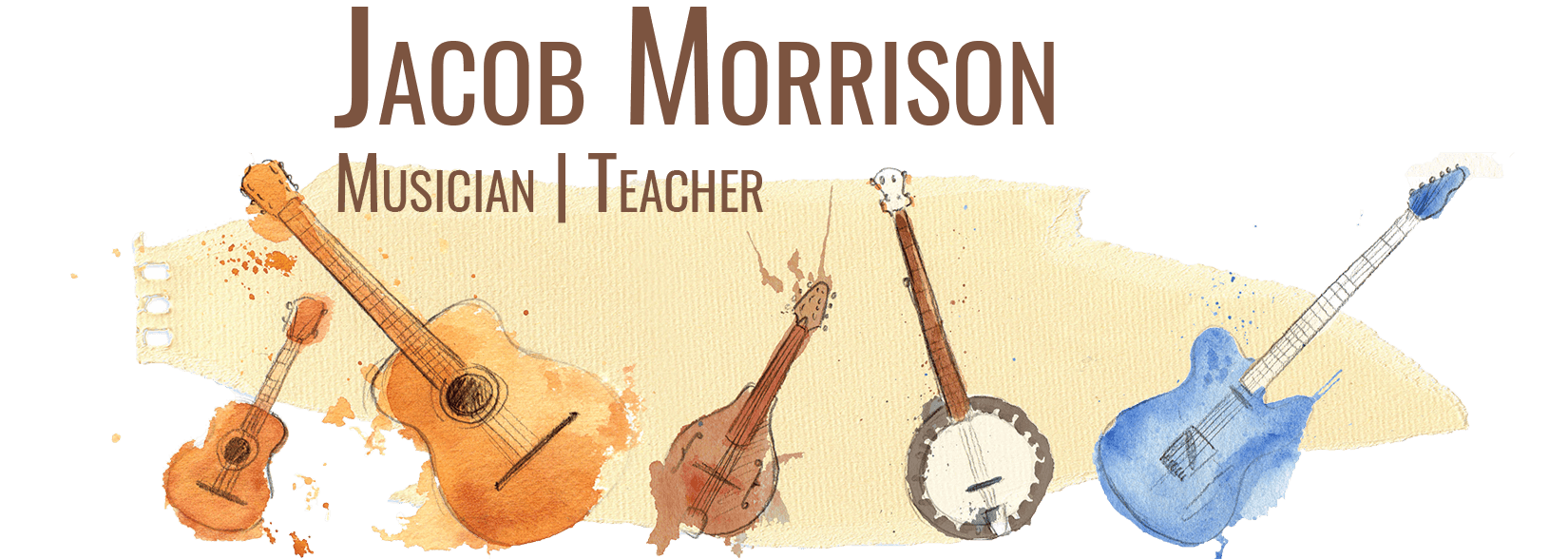Many of you will have come across strange looking chords such as G/B or D/F#. This doesn’t mean you can choose which of the two chords to play, or that you play one chord then the other! Rather, “G/B” is actually a single chord. The note before the slash (G/) tells you the overall chord to be played, while the note after the slash (/B) tells you which note is to be played in the bass of the chord. For example,
G/B = a G chord with a B note in the bass.
D/F# = a D chord with an F# note in the bass.
You could think of the “/” as meaning “over”, as in “G over B”. In other words, the B in the bass is sitting under the rest of the chord.
The Theory Side of Things
A chord is composed of more than 2 individual notes (or pitches) played at the same time. For example, a G chord is made up of the notes G, B and D. With a normal G chord, the note G will be in the bass. However, it is also possible to put the B or D in the bass, which you’d see written as G/B or G/D. These are known as inversions.
Occasionally, you’ll get a non-chord note in the bass, such as G/A or G/F#. These can be a simple way of writing out more complex chords (e.g. you could write Bb/C rather than Csus9). They can also often be a way of showing a moving bass line over a static chord. For example, you might see a progression like: C, C/B, C/Bb, C/A. The C chord is staying static while the bass line is moving underneath it (descending from C to B to Bb to A).
Common Guitar Examples of Slash Chord Usage
C – G/B – Am or it’s closely related cousin C – C/B – Am (notice the bass in both these examples is walking down from C to B to A).
G – D/F# – Em or it’s closely related cousin G – G/F# – Em (again, the bass is walking down – this time on the 6th string – from G to F# to E).
Help – I Play Ukulele! What Should I Do?
Most ukuleles don’t have bass notes (certainly not re-entrant gCEA tuned ukes!), so the majority of the time I would suggest ukesters ignore the bass note after the slash. So when you see a G/B, just play a G chord! The exception to this is if the author of the chord chart is trying to outline a particular chord movement by using slash chords. I see this sometimes online, and – while often not technically correct – you can usually figure out what the author intended, particularly if there’s an accompanying chord chart. If in doubt, just ignore the note after the slash! For example,
For G/B just play G.
For D/F# just play D.
